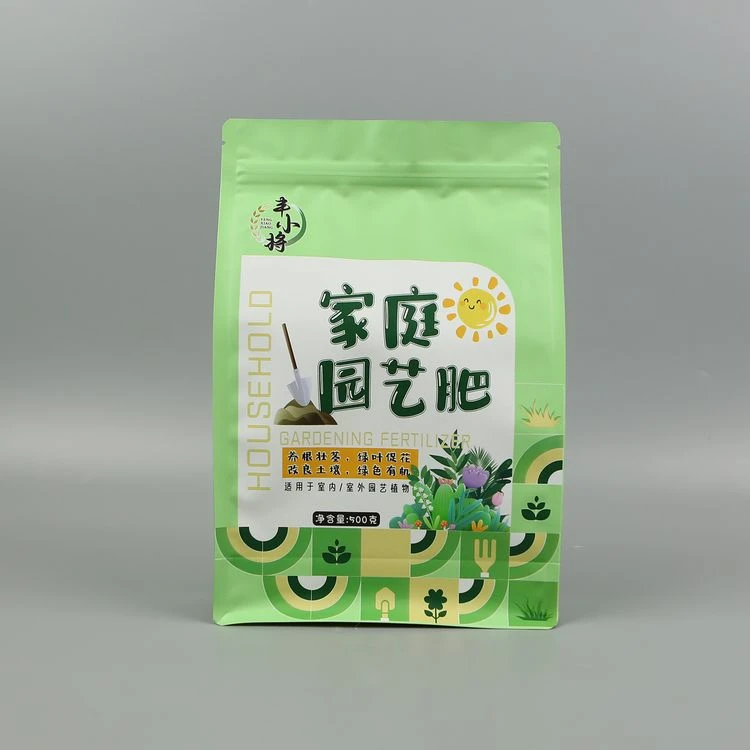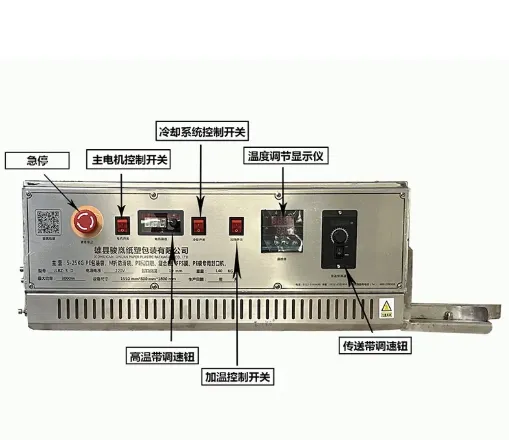Aluminum foil packaging has become a critical element in the pharmaceutical industry, pivotal in shaping the future of medicine management. With increasing complexities in drug formulations and the heightened need for patient safety, employing reliable and efficient packaging solutions has never been more crucial. As someone entrenched in the nuances of pharmaceutical packaging for over twenty years, I’ve witnessed firsthand the transformative role that aluminum foil plays in the industry.

Renowned for its superior barrier properties, aluminum foil excels at protecting pharmaceutical products from environmental factors such as moisture, light, and oxygen, which can compromise the efficacy of drugs. These characteristics are not merely theoretical but backed by comprehensive research and studies. As an expert in pharmaceutical sciences, I've collaborated with multiple research bodies to validate these claims, emphasizing aluminum foil's unmatched capability to maintain drug integrity over extended periods.
A pivotal example of aluminum foil’s profound efficacy can be seen in its use for blister packs. This form of packaging ensures that each dose is individually sealed, safeguarding the medicine until the moment of consumption. From antibiotics to complex formulations such as biologics, aluminum foil-based blister packs excel by offering a stable environment for a wide range of products. My experience at leading pharmaceutical conferences has shown that industry leaders unanimously agree on the increasing reliance on these packaging solutions for both prescription and over-the-counter medications.

One critical factor propelling aluminum foil packaging to the forefront is its adaptability. The versatility of aluminum allows for innovative packaging designs that cater to different therapeutic categories. Whether it's ensuring the child-resistant features required for pediatric medications or the easy-peel options needed by geriatric patients, the design possibilities are endless. Working alongside leading packaging engineers, I've contributed to developing designs that not only ensure safety but also enhance user experience, significantly boosting medication adherence among patients.
Safety and compliance in the pharmaceutical domain are non-negotiable, and this is where aluminum foil packaging showcases its authority. Regulatory bodies, including the FDA and EMA, recognize the benefits it brings in ensuring product safety and stability. These endorsements are bolstered by exhaustive validation processes that aluminum foil undergoes, ensuring it meets stringent pharmaceutical standards. Throughout my career, I’ve participated in numerous audits and regulatory discussions, advocating for aluminum foil as the gold standard in pharmaceutical packaging.
aluminum foil packaging medicine
Sustainability, another pressing concern in today’s ecological landscape, sees aluminum foil packaging taking commendable strides. The recyclability of aluminum contributes towards minimizing the environmental impact, a factor increasingly being weighed during procurement decisions by pharmaceutical companies. My consultancy work with eco-conscious firms has involved strategizing how to balance sustainability with efficacy, a mission in which aluminum foil consistently emerges beneficial.
Trust in pharmaceutical products is foundational to patient health, and this extends to packaging. Counterfeit medications pose severe risks, and intelligent packaging solutions embedded with traceability technologies stand as a line of defense. Aluminum foil packaging can incorporate these advanced features with relative ease, ensuring brand protection and authenticity. Collaborating with technology firms, I’ve been at the forefront of integrating QR codes and NFC tags within packaging to provide an additional layer of security.
The transition from traditional methods to aluminum foil packaging underscores the broader shift towards innovation in pharmaceuticals. Its rising adoption is reflective not just of an industry trend but of a concerted effort to advance public health standards universally. Through seminars and publications, I've continuously advocated for broad-based adoption, while sharing insights and data-driven results to substantiate aluminum foil’s pivotal role in enhancing product life cycles.
In conclusion, aluminum foil packaging represents more than just material choice; it embodies a commitment to quality, safety, and innovation. As we advance, it is clear that this packaging choice will be central in developing pharmaceutical strategies that safeguard and improve patient health outcomes worldwide. This strategic focus is essential not only for today but as a foundation for the future of medicine delivery.